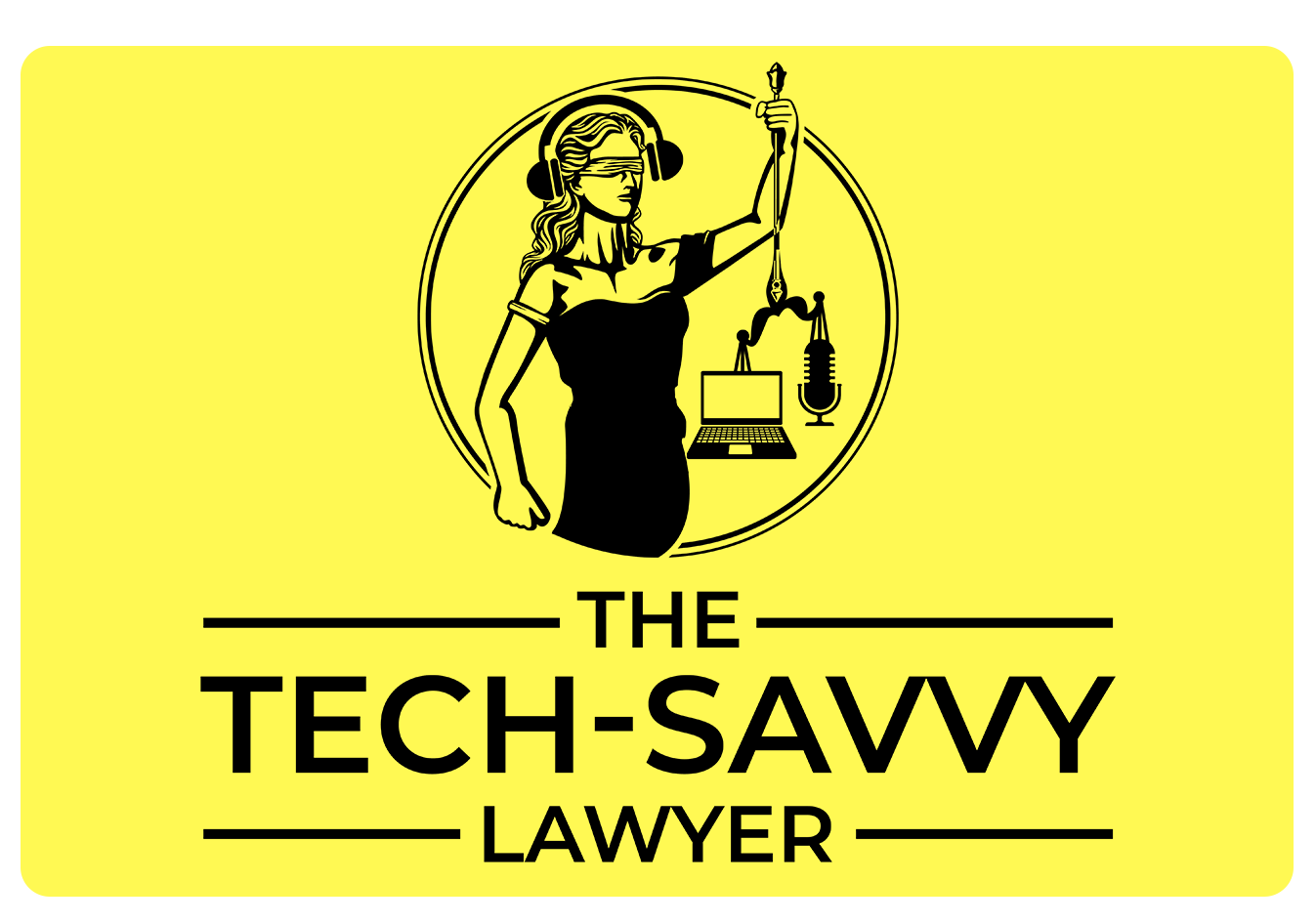MTC: Law Firm Technology Procurement Strategy During Trade Court Tariff Chaos: Buy Now or Wait?
/Tariff chaos continues with recent ruling by US Court of International trade creating confusion for lawyers on how to address their office tech needs!
The recent ruling by the US Court of International Trade has thrown technology procurement strategies for law firms into unprecedented uncertainty. Legal practitioners nationwide face a critical decision that could significantly impact their operational costs and technological capabilities for years to come.
On May 28, 2025, a three-judge panel at the US Court of International Trade delivered a landmark decision that struck down President Trump's sweeping tariff regime, ruling that the administration exceeded its constitutional authority by implementing global import duties under emergency powers legislation. The court determined that the International Emergency Economic Powers Act (IEEPA) does not grant the president unlimited authority to impose tariffs unilaterally, particularly the 30% tariffs on Chinese goods, 25% tariffs on certain imports from Mexico and Canada, and 10% universal tariffs on most other goods.
However, the victory for importers and businesses proved short-lived. The Trump administration immediately appealed the decision, and the Federal Circuit Court granted an emergency stay, allowing tariff collection to continue pending further legal proceedings. This legal ping-pong effect has created exactly the type of market uncertainty that makes technology procurement decisions particularly challenging for law firms.
The Technology Dilemma Facing Legal Practitioners
The smartphone and computer hardware that law firms depend on daily face significant price pressures under the current tariff regime. Industry analysts predict smartphone prices could increase by 4% in the US market due to tariff uncertainty. More dramatically, experts suggest that forcing iPhone production to move entirely to the United States could result in device prices reaching $3,500, several times the current prices. While such extreme scenarios may not materialize, the underlying message is clear: technology costs are likely to increase substantially if current trade policies persist.
For law firms, this creates a fundamental procurement dilemma. Should practices accelerate their hardware refresh cycles to avoid potential price increases? Or should they maintain their normal procurement schedules and hope that legal challenges will ultimately overturn the tariffs?
Understanding the Current Legal Landscape
lawyers struggle to balance timing of future tech purchases with the uncertainty the tariffs have created1
The Court of International Trade's ruling provides important guidance for understanding the likely trajectory of these trade policies. The judges specifically noted that tariffs designed to address drug trafficking and immigration issues fail to establish a clear connection between the emergency declared and the remedy implemented. The court emphasized that “…the collection of tariffs on lawful imports does not clearly relate to foreign efforts to arrest, seize, detain, or otherwise intercept wrongdoers within their jurisdictions".
This reasoning suggests that even if the Federal Circuit Court ultimately upholds some aspects of the administration's trade policy, the current broad-based tariff regime may face continued legal challenges. However, the court left intact Section 232 tariffs on steel, aluminum, and automobiles, indicating that more narrowly tailored trade measures may survive judicial scrutiny.
Practical Procurement Strategies for Law Firms
Given this uncertain environment, law firms should consider a hybrid approach to technology procurement that balances risk management with cost efficiency. Rather than making dramatic changes to established procurement cycles, firms should focus on strategic timing and vendor diversification.
Immediate Actions: Law firms with aging hardware that was already scheduled for replacement should consider accelerating those purchases slightly. Equipment approaching end-of-life status represents the highest risk category, as firms cannot afford to delay these replacements indefinitely. However, avoid panic purchasing of equipment that still has useful life remaining.
Vendor Diversification: The current trade tensions highlight the risks of over-reliance on any single country's manufacturing base. Samsung smartphones, for example, may face fewer tariff pressures than Apple devices because Samsung shifted most production away from China to Vietnam, India, and South Korea. Law firms should evaluate whether their technology vendors have diversified supply chains that reduce exposure to specific country-based tariffs.
Future-Proofing Without Overcommitment: Interestingly, recent surveys reveal that 73% of iPhone users and 87% of Samsung Galaxy users find little to no value in artificial intelligence features. This suggests that law firms should focus procurement decisions on proven functionality rather than cutting-edge features that may not provide practical value. Battery life, storage capacity, and build quality remain more important factors than AI capabilities for most legal professionals.
The Economics of Hardware as a Service
be the hero in your law office by having a solid understanding of where your tech comes from and how tariffs may impact your purchasing power!
The US Court of International Trade’s ruling and the ensuing tariff uncertainty underscore the need for law firms to reassess traditional hardware procurement models. Hardware as a Service (HaaS) offers a strategic alternative, shifting the financial and operational risks of ownership to specialized providers. Under HaaS, firms pay fixed monthly fees for enterprise-grade computers and devices, with vendors handling maintenance, upgrades, and supply chain disruptions—critical advantages amid fluctuating trade policies.
For small-to-midsize firms, HaaS mitigates two key risks: sudden tariff-driven price hikes and premature hardware obsolescence. By converting capital expenditures into predictable operational costs, firms avoid large upfront investments in equipment that may depreciate rapidly if tariffs escalate. Providers also absorb the burden of navigating geopolitical trade complexities, ensuring timely hardware replacements even if import restrictions tighten.
While many legal workflows rely on Software as a Service (SaaS), these cloud-based tools still require reliable hardware. Outdated computers struggle with modern SaaS platforms, leading to lagging performance, security vulnerabilities, and lost productivity. HaaS ensures firms maintain hardware capable of running current software efficiently, without the financial strain of cyclical refresh cycles.
Long-Term Strategic Considerations
Law firms must avoid knee-jerk reactions to tariff headlines. The legal challenges to presidential trade authority suggest broader import duties may face judicial limits, but appeals will prolong uncertainty. Instead, firms should build hardware procurement resilience through:
Vendor Diversification: Partner with HaaS providers and suppliers across multiple regions to reduce dependency on tariff-affected geographies.
Modular Budgeting: Allocate flexible funds for hardware upgrades, allowing adjustments as trade policies evolve.
Performance Benchmarks: Prioritize devices with proven durability and processing power over speculative AI features, as 73% of legal professionals report minimal use of smartphone AI tools.
Final Thoughts
THERE ARE MORE FACTORS THAT JUST THE TARIFF’S THEMSELVES FOR LAWYER TO CONSIDER WHEN PURCHASING THEIR NEXT OFFICE TECH DEVICE!
The tariff chaos demands measured action, not paralysis. Firms should:
Replace aging hardware incapable of running current software and SaaS tools efficiently, as outdated devices increase security risks and hinder client service.
Adopt hybrid procurement models, blending HaaS for high-risk devices (e.g., laptops, servers) with outright purchases for stable, long-use equipment (e.g., monitors, keyboards, etc.).
Ignore speculative tech trends; focus on hardware that enhances core workflows, not flashy AI features with negligible practical value.
By anchoring decisions in operational needs rather than tariff panic, firms will balance cost efficiency with preparedness for any trade policy outcome.
MTC












